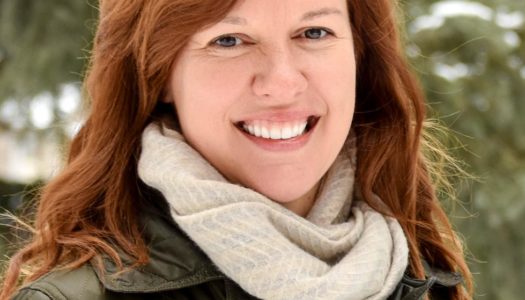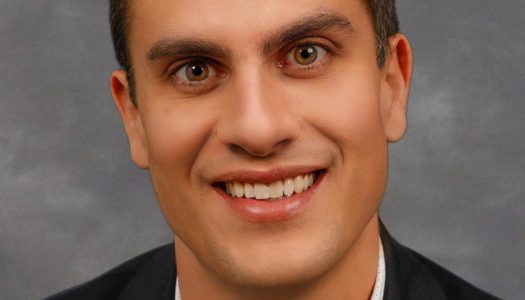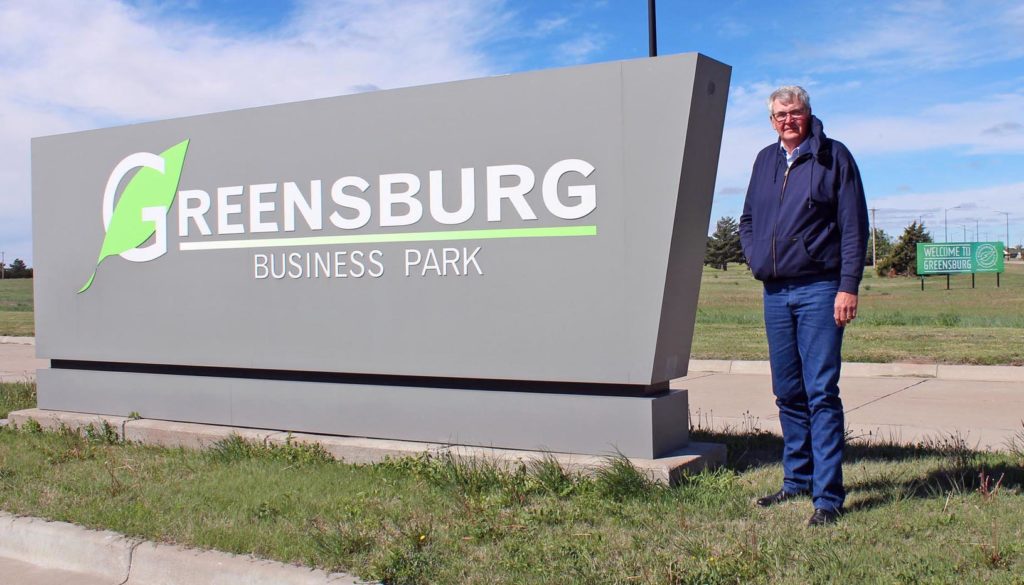
By TYLER ELLYSON
UNK Communications
KEARNEY – After Greensburg, Kansas, was leveled by an EF5 tornado in 2007, the city’s roughly 1,300 residents faced a difficult decision.
Do they rebuild or relocate?
The massive twister – up to 1.7 miles wide with winds reaching 205 mph – destroyed 95% of the community, with more than 1,400 homes and businesses impacted. Twelve people were killed, including 10 in Greensburg.
Instead of moving away, Greensburg residents worked together to rebuild and reinvent their community. This effort, led by former Mayor Bob Dixson, who took office a year after the tornado hit, focused on sustainability, community involvement and public-private partnerships.
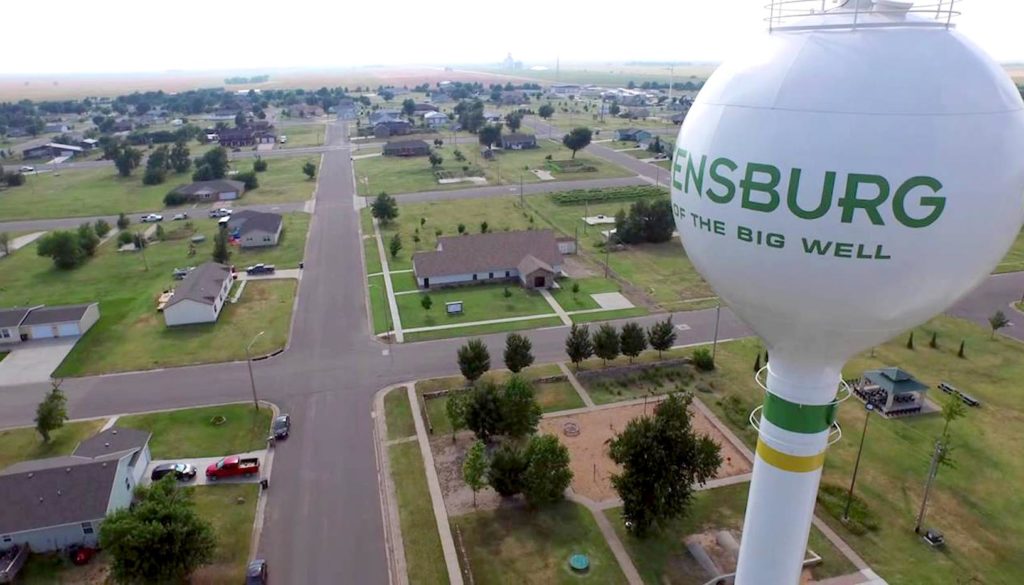
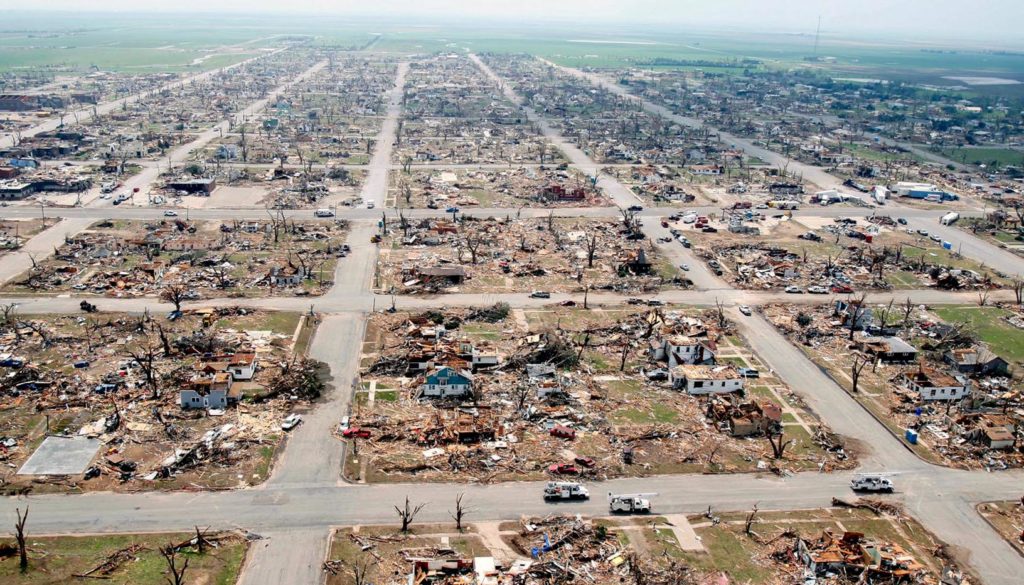
Now, Greensburg is one of the “greenest” cities in the U.S., with 100% of its electricity coming from renewable sources and an emphasis on water-conservation measures. Greensburg was the first U.S. city to use all LED streetlights and it has the most LEED-certified buildings per capita in the nation. The U.S. Green Building Council uses the Leadership in Energy and Environmental Design (LEED) system to rate a building’s sustainability and resource-efficiency.
Dixson, a Greensburg resident since 1985 and the city’s mayor until November 2018, has presented to groups around the world on post-disaster recovery and sustainability, using his community as a model for modern times.
He’ll share the city’s remarkable story as one of four speakers featured at an upcoming Thomas C. Sorensen Policy Seminar Series forum focusing on the opportunities and challenges facing rural communities adapting to climate-related events.
The forum, titled “Rural Communities and Extreme Climate Events,” is scheduled for 11:30 a.m. to 1:30 p.m. Oct. 1 at Kearney Public Library, 2020 First Ave. Admission is free and open to the public, and attendees are encouraged to bring their own lunch.
In addition to Dixson, University of Nebraska at Kearney associate professor of history David Vail will discuss the historical context of climate and food security in the Great Plains since the 1950s, and climate scientists Martha Shulski and Natalie Umphlett will provide an overview of their work assisting municipalities as they plan for climate change.
Shulski, an associate professor in the University of Nebraska-Lincoln’s School of Natural Resources, serves as the state climatologist and director of the Nebraska State Climate Office, which operates a weather-monitoring program with 70 stations across the state.
Umphlett is the regional climatologist at the High Plains Regional Climate Center located within UNL’s School of Natural Resources. Her current research focuses on understanding ways in which climate data and information can be incorporated into municipal planning processes.
Following the speakers, Shulski and Umphlett will lead a volunteer focus group discussion on ways small communities can prepare for extreme climate events.
Vail, who specializes in environmental and agricultural history, science and technology, the Great Plains and public history, has published research in numerous academic journals and authored two books – “Chemical Lands: Pesticides, Aerial Spraying, and Health in North America’s Grasslands since 1945” and “Interpreting the Environment at Museums and Historic Sites,” which he co-wrote with Debra Reid. His next book project will look at the history of environmental risk, agricultural science and food security in the Great Plains.
The forum is sponsored by Kearney Public Library, UNK, UNL and the University of Nebraska Public Policy Center.

